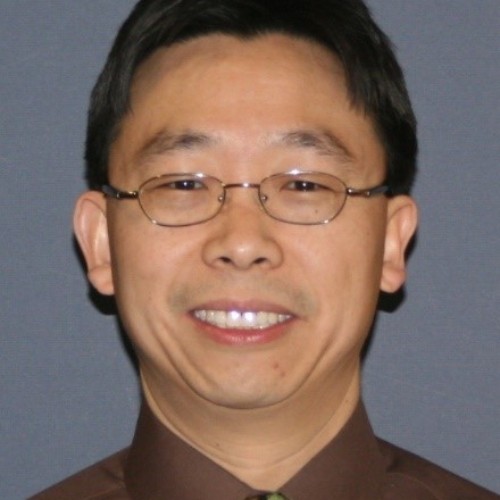
Atomic Structure, Phase Transitions, and Functional Properties of PbZrO3-based Antiferroelectric Ceramics
Prof. Xiaoli Tan Iowa State University Department of Materials Science and Engineering
Abstract
Most antiferroelectric ceramics are modified from the prototype PbZrO3 to ease the processing and adjust the critical fields of phase transitions. The modifiers introduce unique nanoscale structural features to the ceramics in the form of incommensurate modulations. In this talk, transmission electron microscopy (TEM) observations of the antiferroelectric domains and the incommensurate modulations will be presented. In particular, the Pb-cation displacements, previously assumed to arrange in a fully-compensated antiparallel fashion, are found to be either antiparallel but with different magnitudes, or in a nearly orthogonal arrangement in adjacent stripes in the incommensurate modulations. The 90° antiferroelectric domain walls in undoped PbZrO3 can be as thin as one primitive cell of the perovskite structure, often appear curved or zigzagged due to the complex dipole arrangement. In chemically modified compositions with incommensurate modulations, the domain walls have a typical thickness of at least two primitive cells, with more or less aligned dipole moments. With the electric biasing in-situ TEM technique, it is found that the wavelength (~2 nm) of the modulation is quite stable against external electrical stimuli prior to its disappearance at the transition to a ferroelectric phase. During the antiferroelectric-ferroelectric phase transitions, the phase interface moves discontinuously with straight segments along special crystallographic planes of {100}c and {110}c. The recorded electrical current during phase transition fluctuates severely, indicating the stochastic nature at local range.
In relevance to device applications of these antiferroelectric ceramics, the abrupt development of strains and polarizations is investigated in detail. Unique compositions with a metastable induced-ferroelectric phase are identified for potential shape memory devices. The impact of uniaxial compressive pre-stresses and radial compressive pre-stresses on the field-induced phase transition is investigated. The critical electric field for the phase transition increases with the mechanical pre-stress. The volume expansion at the electric field-induced phase transition is also exploited to mechanically toughen the antiferroelectric ceramic. A new concept of “relaxor antiferroelectrics” is proposed to guide the search on supercompatible antiferroelectric ceramics with minimum electric hysteresis for high efficiency high energy-density capacitors.
About the FLAME-inars
The FLAME-inars are organized by the collaborative project FLAME at TU Darmstadt, in which electronic-structure-property relationships are being developed and exploited to realize novel lead-free antiferroelectric compounds. The seminars will gather experts in processing, characterization and theory to discuss materials and applications, bulk and thin films, fundamental properties, electronic structure & defects, and related aspects.



